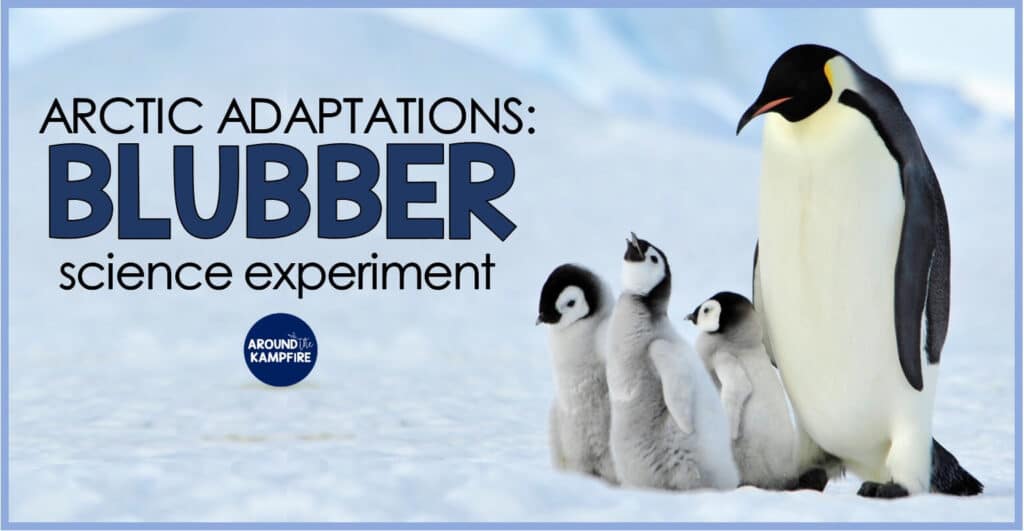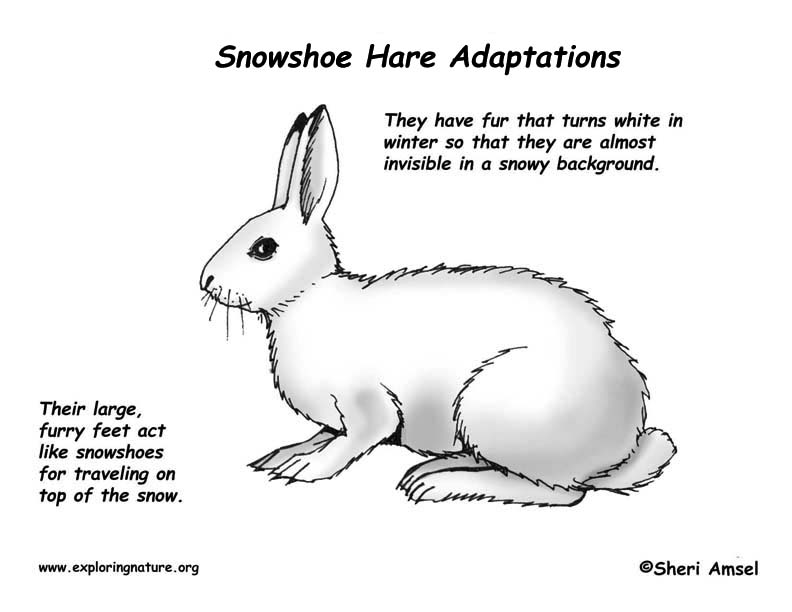Arctic Animal Adaptations
The blubber experiment is one of my favorite arctic animals learning activities! They have a thick, white coat that is insulated against frigid temperatures.

The Razzle Dazzle Classroom Arctic Animals EXTRAVAGANZA
Ask them to research a specific arctic animal, native to the beaufort sea and surrounding arctic regions, and the ways in which the animal has adapted to such a harsh environment.
Arctic animal adaptations. All arctic animals have developed adaptations to help them stay warm in the extreme cold. This simple blubber experiment demonstrates how arctic animals stay warm in their icy water habitats. Arctic animal adaptations when teaching second graders about habitats and ecosystems, we spend a bit of time learning about adaptations;
Arctic wolves have smaller ears and shorter muzzles to contain their body heat. Layers of blubber protect the walruses when they swim in the freezing arctic seas and when they lie out on the ice in the bitter cold wind. How animals are adapted to live in the arctic.
Arctic animal adaptations research your arctic animal and complete the chart below. Download this free arctic animals adaptations booklets to use in your classroom or home. This fur is shed during summer to prevent overheating and is thicker during winter to provide the most warmth possible.
Blubber experiment to learn about arctic animal adaptations. Arctic animals can be a fun focus in the classroom during winter. Arctic tundra animals do not enjoy the luxury of simply heading into thick forests to escape the biting wind.
The arctic is a rich ecosystem with a variety of animal life that has adapted to its extreme conditions. Have students use the national geographic animals website and library resources. This clip is from :
Vast expanses of treeless tundra. Animals of the arctic have many adaptations to help them survive in often inhospitable climate. The layer of fur closest to the wolf’s skin is waterproof.
After talking about how cold the arctic is, the kids and i talked about what we, as humans, do to stay warm. During winter, these arctic wolves grow a second layer of fur for protection from the harsh conditions. Our planet , squirrels and animals in the snow
From color changing coats to layers of blubber, these animals are prepared for the coldest of winters. While this is often a focus in primary classrooms, you can definitely work to focus on arctic animals. In this webinar, you will get the answers, and learn about the amazing and sometimes odd ways arctic animals have adapted to living a life at the extreme.
Distribute the worksheet arctic animal adaptations. The grey colouring blends into the arctic waters, the sleek body shape makes it easier and faster to swim away from predators and towards prey and the flexible neck, which has developed, over time allows the narwhal to scan the ocean and capture more prey. Arctic habitat, wildlife has adapted to survive in the canadian arctic.
Invasion of the killer whales. How do arctic animals adapt to their environment? The narrator explains their key adaptations and we see them in their natural environment, the very cold arctic.
Arctic animals must keep themselves warm to survive. Ocean animals have unique adaptations depending on. The arctic fox has several adaptations for living in the arctic environment.
Arctic wolves are carnivores meaning they eat meat. This booklet is designed to be used while you are studying adaptations in the classroom. Antarctic animal adaptations long days providing abundant light and copious nutrients brought to the surface layers by ocean upwellings along the antarctic convergence fertilize the growth of phytoplankton leading to very high productivity of the antarctic ocean.
Arctic animals have developed many adaptations to help them survive… Animal current environmental issues that may also affect communities worldwide approximate size habitat diet predators biological adaptations to the environment behavioral adaptations to the environment environmental factors that threaten its survival Queries / june 26, 2021 june 26, 2021 their adaptations include:
The fox’s coat provides both insulation and camouflage. In arctic animal discovery from the national park service, find different animals on the landscape as you learn more about adaptations. Change the season, locate the animals and hear their voices by exploring the landscape and using the navigational map.
Arctic animals use adaptations such as thick fur or feathers, having blubber under their skin, or making burrows to hide in. Examples of structural adaptations of animals in the arctic tundra include: Their tusks or long tooth have developed over time and are only seen on males.
You loose body heat through your body surface, mainly your skin. The most obvious of these is its thick fur, which changes color from brown in the summer to white in the winter. Ways plants and animals adapt to their habitats to survive.
Learn what animals live in the arctic region and how they have adapted to this inhospitable environment, in this excerpt from nature:

Arctic Animal Adaptations Blubber Science Experiment for

Adaptations Arctic Animals in 2021 Arctic animals

ManfredSShah on Twitter Arctic animals, Arctic fox
Arctic Adaptations Competition in the Arctic

Arctic Animals Adaptations Ks2 Idalias Salon

Arctic Animal Free Resource Animal adaptations, Arctic

arctic fox adaptations Google Search Adaptations
How to describe the physiological adaptations of a polar
Q1 mention briefly how the following animals make
Adaptations of the Arctic Fox Exploring Nature

Arctic Animals And Their Adaptations To Life On The Edge

Arctic Animal Adaptations Blubber Science Experiment for

Animal adaptations in the arctic worksheet

Image result for polar bear adaptation (With images
Arctic Animal Adaptations A Science Reader

Adaptations of the Snowshoe Hare

Post a Comment for "Arctic Animal Adaptations"